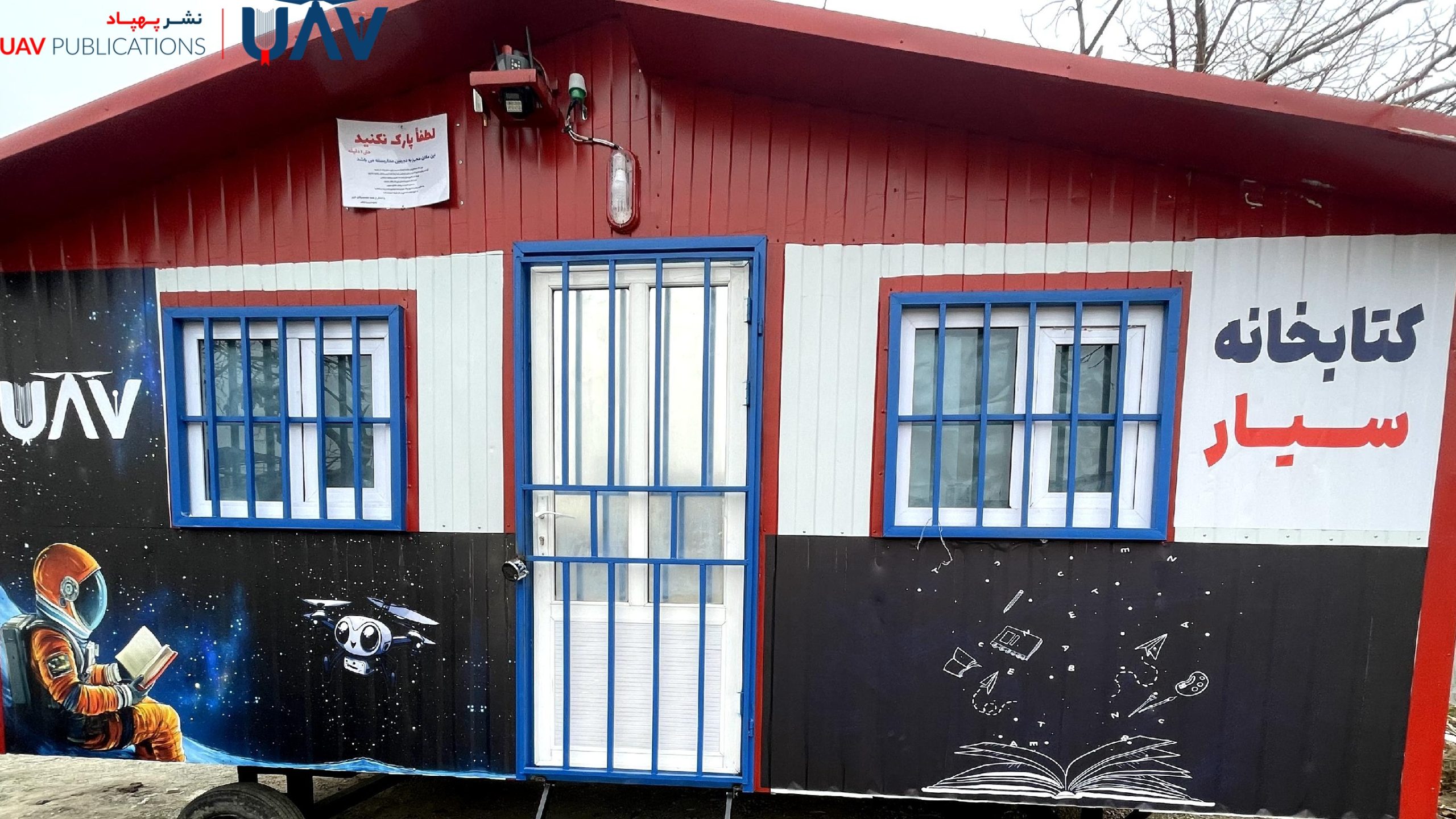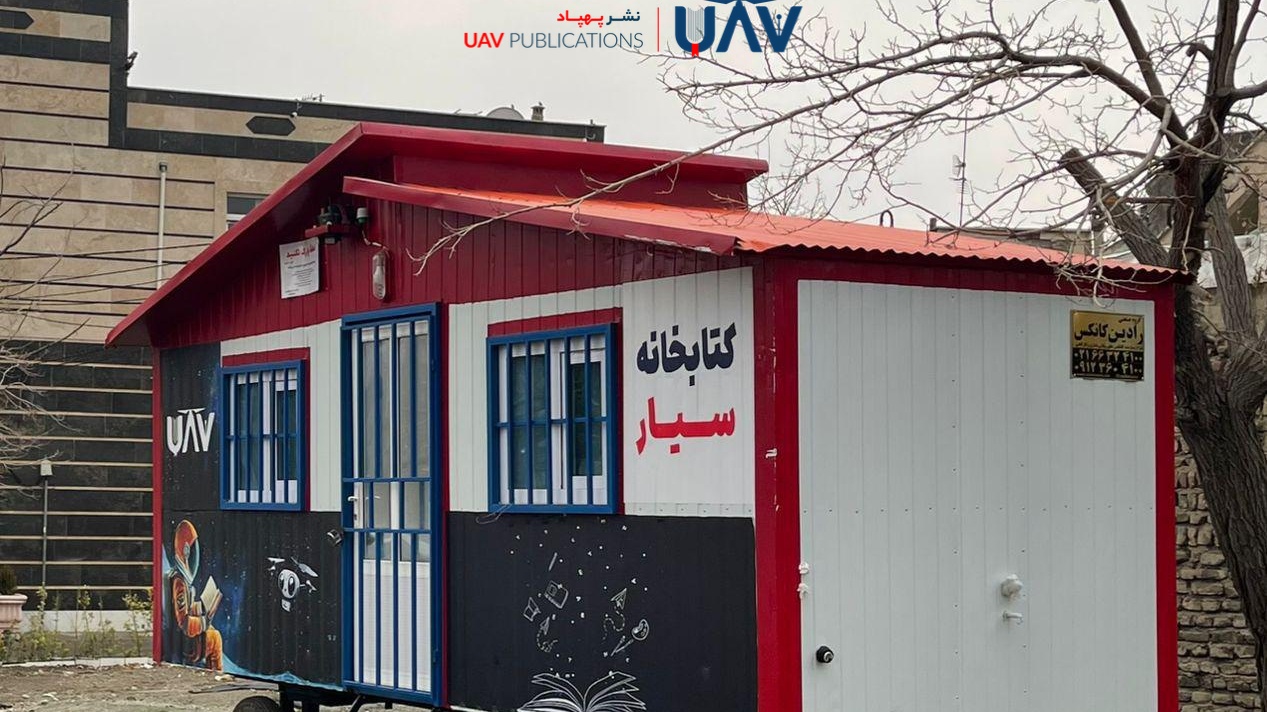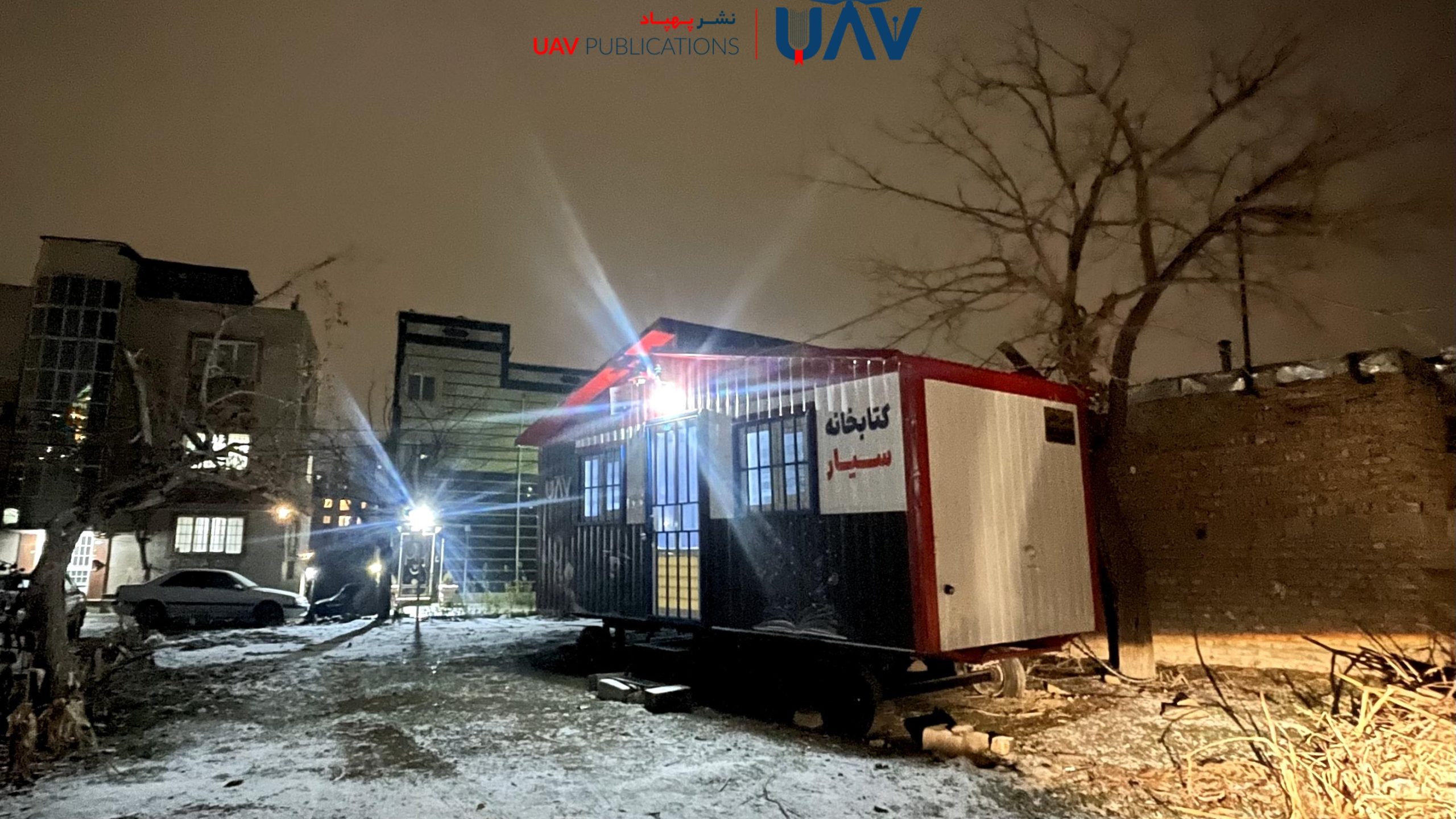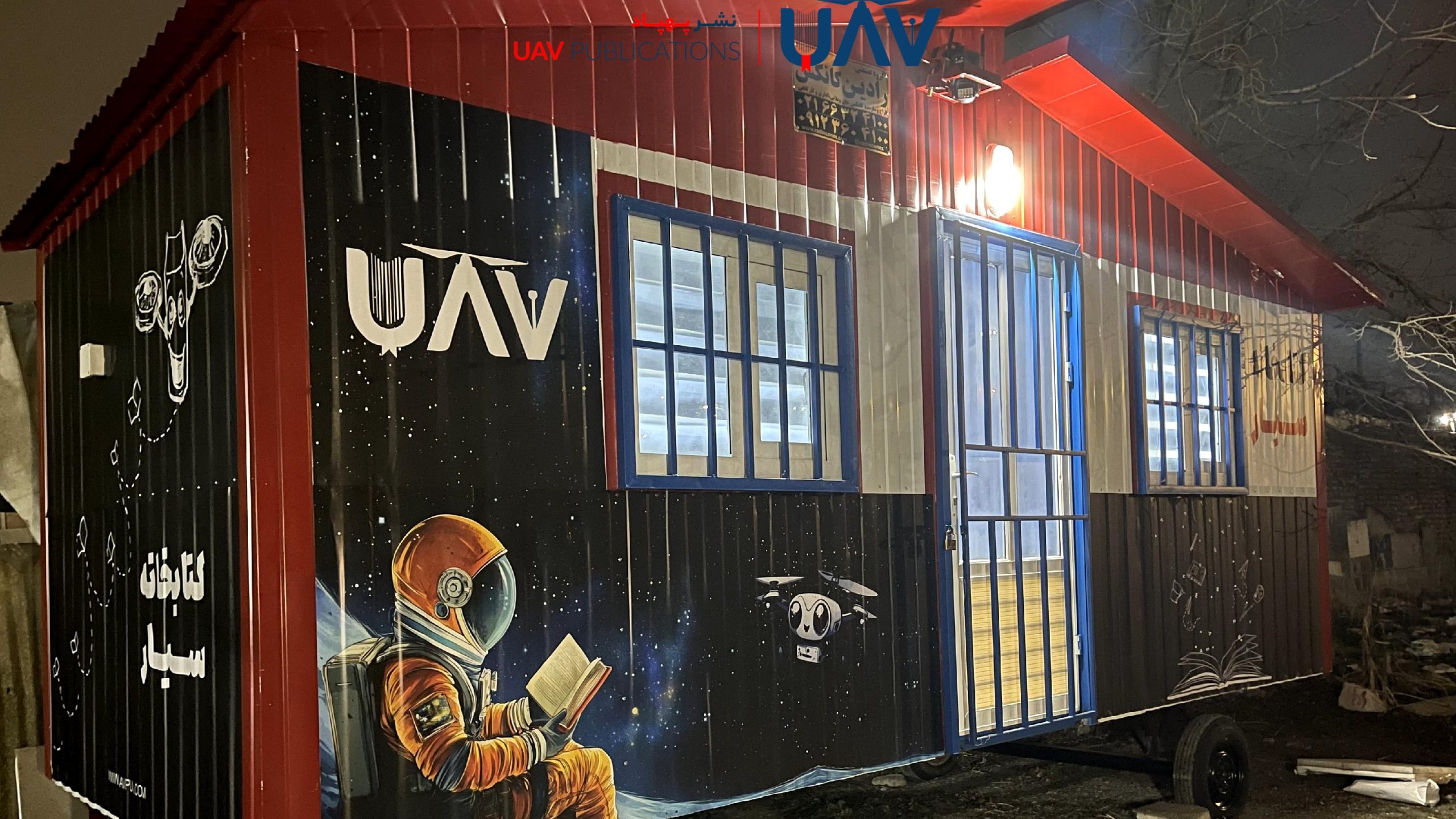A mobile library is a service unit that delivers library resources to users beyond the confines of a traditional library building. These libraries typically operate using vehicles such as vans, buses, boats, or, in some cases, animals like donkeys or camels. They carry with them books, educational materials, magazines, and sometimes even computers. Designed to increase accessibility for diverse populations—especially those in remote, underserved, or infrastructure-deprived areas—mobile libraries serve as bridges between knowledge and individuals otherwise deprived of cultural resources. They transport the spirit of learning and the joy of reading to the heart of nature, from the mountains to the deserts and urban outskirts. With the advancement of universal education, mobile libraries have emerged as key players in the pursuit of educational and cultural equity.
The History of Mobile Libraries Worldwide
The origins of mobile libraries trace back to the 19th century in Europe and the United States. In 1857, Britain launched a horse-drawn wagon loaded with books to deliver literature to rural villages. This innovative model soon spread to the United States and other parts of the world. With the advent of motor vehicles in the early 20th century, mobile libraries evolved into trucks and small buses outfitted with shelves and seating. In subsequent decades, developing nations adopted and adapted the concept to their contexts—for instance, camel libraries in Kenya and boat libraries serving coastal villages in Norway. Each model reflects the human drive to expand access to knowledge through creativity and determination.
The Purpose of Mobile Libraries
Mobile libraries aim to eliminate cultural disparity and democratize access to educational and informational resources. In many parts of the world—especially in rural or impoverished regions—there are no public libraries, advanced schools, or formal educational centers. In such cases, mobile libraries become essential tools for bridging the cultural gap.
Another goal is to foster a love for reading in children who have had little exposure to books due to their life circumstances. In addition, mobile libraries support adult literacy, health education, social awareness campaigns, and even psychological counseling. In many ways, they serve as emissaries of culture, learning, and hope in areas that lack other avenues for development.
Types of Mobile Libraries
Mobile libraries exist in many forms around the globe. The most common are land-based vehicles such as vans, minibuses, or trucks equipped with bookshelves, seating areas, and sometimes digital devices. These vehicles travel predetermined routes and stop at selected locations to provide services.
Maritime libraries operate via boats or ships that reach islands or coastal communities. Examples of this model can be found in countries like Norway and Indonesia. Some nations utilize animal-powered mobile libraries, such as those using camels in African deserts or horses in mountainous terrains.

In recent years, digital mobile libraries have also emerged. These are equipped with tablets, laptops, and internet-enabled devices that provide digital literacy training and access to e-books. This modern format represents a vital evolution of library services to meet contemporary needs.
Mobile Libraries in Underserved Regions
Underserved regions naturally have the least access to cultural and educational infrastructure. The absence of libraries, qualified schools, trained teachers, and sufficient resources creates a chain of academic challenges. Here, mobile libraries act as ambassadors of knowledge. They bring not only books but also hope, imagination, and motivation.
These libraries operate through careful planning and cultural assessment in coordination with local schools. Some go further by offering counseling, adult literacy classes, or storytelling programs for children. The presence of a mobile library in a small village can profoundly enhance the lives of its children. For many who later excel academically or culturally, their first encounter with a book occurred in one of these modest yet transformative spaces.
Mobile Libraries and Children
Children are the primary audience of mobile libraries. In many regions, these small traveling units provide a child’s first introduction to stories, books, and the world of imagination. For a child who has never held a book, stepping into a vehicle filled with vibrant literature can be nothing short of magical.
Mobile library programs often feature dedicated children’s sections with storybooks, picture books, storytelling sessions, art contests, and group reading events. These experiences help children not only gain literacy but also immerse themselves in creativity, imagination, and dream-building.
Moreover, mobile libraries play a crucial role in supporting children’s psychological and social development. They instill a sense of community, a desire for learning, and an understanding of the value of knowledge. A mobile library can often mark the beginning of a child’s lifelong educational journey.
The Cultural and Social Impact of Mobile Libraries
Mobile libraries are more than collections of books—they are agents of cultural transformation. When they enter a community, they bring more than reading materials: they carry the language of dialogue, the value of thoughtful exchange, and the aspiration for growth.
Socially, these libraries foster communal engagement. People gather, children read and play, and cultural conversations emerge. Such interactions can reduce social isolation, strengthen bonds, and even prevent social harm.
In some countries, mobile libraries are integrated into broader development programs. Alongside books, they offer education on health, nutrition, women’s rights, and environmental awareness. Thus, a mobile library becomes not just a cultural institution but the heartbeat of sustainable development in disadvantaged areas.
New Technologies Serving Mobile Libraries
In today’s world, mobile libraries are no longer limited to bookshelves. Modern technologies have breathed new life into these projects. Across many countries, mobile libraries are now equipped with tablets, e-books, multimedia players, satellite internet, and even self-service lending kiosks.
These tools enable mobile libraries to offer a wide range of services—from digital education and coding workshops for children to virtual courses for adults. GPS systems help optimize routes, mobile library software enhances resource management, and solar energy powers vehicles in off-grid areas. This fusion of technology and literature creates a borderless future of knowledge, one in which learning travels far and wide.
UAV Publications: An Innovative Model in Promoting Reading
In a world where speed, technology, and accessibility form the core triangle of knowledge dissemination, projects like UAV Publications mark a turning point in promoting reading culture.
This innovative initiative currently operates in Tehran’s Saadat Abad district, providing services to book lovers from Saturday to Wednesday, 3:00 PM to 6:00 PM. You can find the exact location of UAV Publications’ mobile library through navigation apps like Balad or Neshan.

Operational Challenges of Mobile Libraries
Despite their cultural value and appeal, mobile libraries face significant challenges. Chief among them are financial limitations and staffing shortages. Running a mobile library requires vehicles, fuel, librarians, maintenance, and support equipment—resources that are scarce in impoverished regions.
Infrastructure is another hurdle: poor roads, lack of formal addresses, and limited communication networks can complicate logistics. Additionally, the absence of institutional support from local bodies, such as schools or municipalities, can reduce the project’s efficiency.
Another challenge is shifting cultural habits. If reading is not already a part of a community’s lifestyle, a mobile library may struggle to make a lasting impact. Therefore, promotional campaigns, educational outreach, and cultural programming must accompany mobile library efforts to ensure long-term effectiveness. Though the obstacles are many, with strategic planning, collaborative partnerships, and intelligent investment, they are not insurmountable.
Mobile Librarians: Storytellers of the Roads of Knowledge
At the heart of every mobile library stands a passionate individual: the librarian who not only delivers books but carries the spirit of learning and human kindness. These librarians often work under harsh conditions—long journeys, unpaved roads, inclement weather, and minimal resources. Yet through their smiles, energy, and skill, they turn books into life-changing tools.
A mobile librarian is not merely a custodian of books. They must connect with children, understand community needs, organize programs, recommend appropriate reading, and often play the role of educator, advisor, or even confidant. They are frontline cultural ambassadors.
Many mobile librarians have transformed their mobile units into havens of culture in regions plagued by cultural poverty. Their presence proves that even a single committed individual can spark change. Behind nearly every inspiring story of a mobile library, there is a dedicated librarian—an unsung narrator of knowledge-laden roads.
Global Success Stories of Mobile Libraries
Mobile libraries have taken diverse forms around the world, sometimes becoming national icons of education and culture. A well-known example is BiblioBurro in Colombia—a man who delivers books to remote areas on two donkeys and reads stories to children. The project gained international acclaim.
In Finland, heated library trucks equipped with internet and e-books travel to snowy regions. Kenya’s “Camel Library” delivers books to desert villages. In Japan, smart mini-vans respond to user requests via mobile apps and deliver books directly to homes.
In most of these initiatives, success stemmed from collaboration among government agencies, the private sector, and cultural volunteers. These examples prove that with creativity, passion, and effective organization, mobile libraries can transcend boundaries and play a crucial role in sustainable development.
Impact of Mobile Libraries on Children’s Education
In underserved regions, mobile libraries are often the only real window into education and imagination for children. In many villages, even basic schooling is scarce, let alone access to diverse and quality books. Here, a mobile library can transform lives.
Children introduced to mobile libraries learn not just how to read, but how to think independently, seek knowledge, and grow personally. These libraries typically offer storytelling, puppet shows, art, and group activities that enhance children’s social and cognitive skills.

Sometimes, within the humble walls of these buses and vans, counselors assess children’s educational and family situations. Thus, a mobile library becomes more than a vehicle—it becomes a cultural and educational hub. Studies show that children who regularly use mobile libraries demonstrate higher literacy rates than their peers.
Mobile Libraries and the Fight Against Cultural Inequality
Cultural inequality remains one of the most profound forms of discrimination in modern society. Lack of access to educational and cultural resources widens the social divide and perpetuates cultural poverty. In this context, mobile libraries act as bridges, linking disparate segments of society by delivering books from city centers to rural hearts, from elite hands to forgotten communities.
When books and resources are concentrated in large cities, elite schools, or universities, millions are effectively barred from cultural growth. But mobile libraries disrupt this pattern. By venturing into remote areas, they raise the voice of cultural justice and declare: “Knowledge is not reserved for a privileged few.”
In many countries, governments and NGOs have used mobile libraries as tools for cultural policy. The results? Higher public awareness, increased interest in education, and expanded civic participation. Indeed, mobile libraries don’t just carry books—they have hope and the possibility of equality.
The Future of Mobile Libraries: Merging Technology with Culture
Like many cultural phenomena, mobile libraries are evolving. Their future lies in creatively blending tradition with technology. Concepts such as digital mobile libraries, app-based routing systems, satellite internet, and even augmented reality are fast becoming part of this domain.
In some countries, books now come with QR codes linking readers to digital versions, audiobooks, or related video content. Some library trucks are equipped with tablets and laptops to teach digital literacy in conjunction with traditional reading.
In Iran, too, with proper support and investment, hybrid models of physical and digital mobile libraries can be developed. What matters most is maintaining the core principle of accessibility—ensuring that technology serves culture, not the other way around. The future of mobile libraries will be as intelligent as it is humane—a fusion of innovation and the timeless human need to know.

